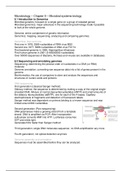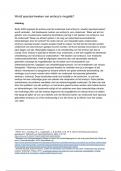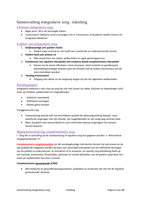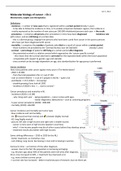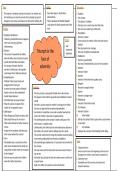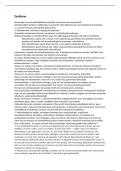Samenvatting
Microbiology Summary Chapter 9
- Instelling
- Vrije Universiteit Amsterdam (VU)
Orderly and clear summary of chapter 9 what is discussed during the microbiology lectures. With this summary you will save a lot of time. I passed this course with a 7,5. Good luck :)
[Meer zien]
